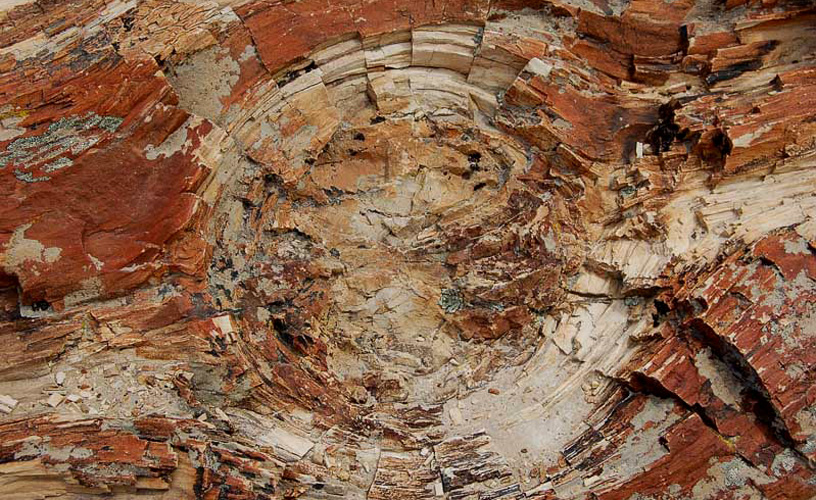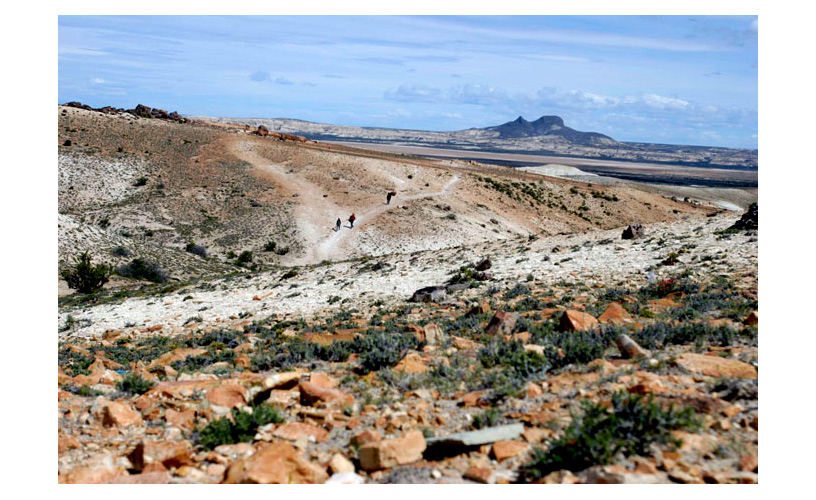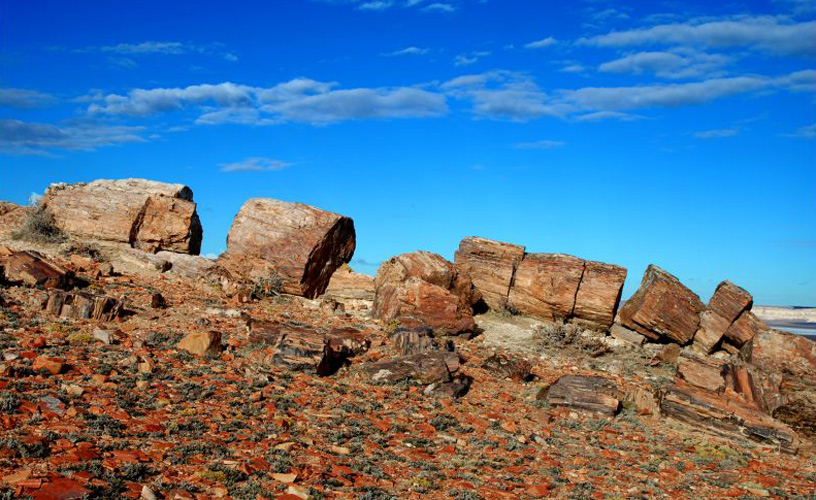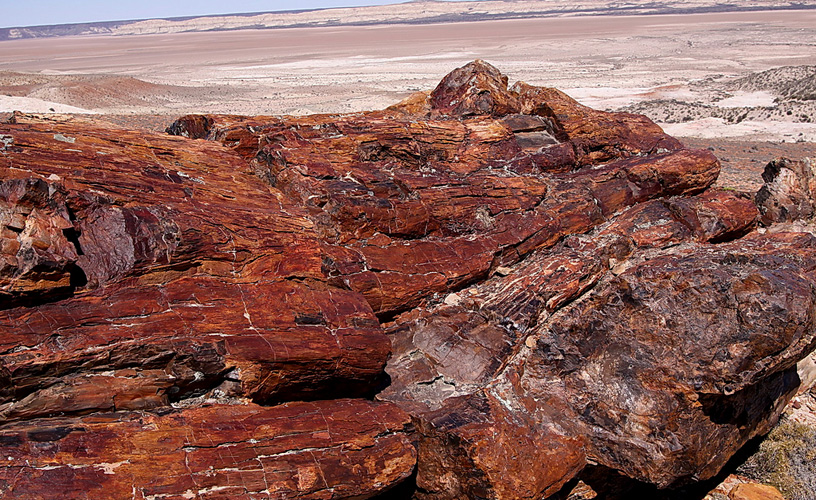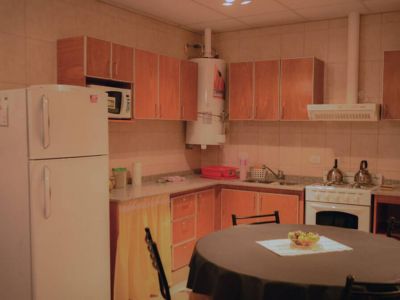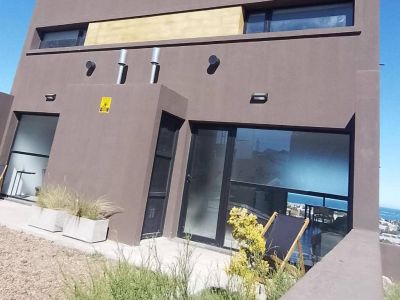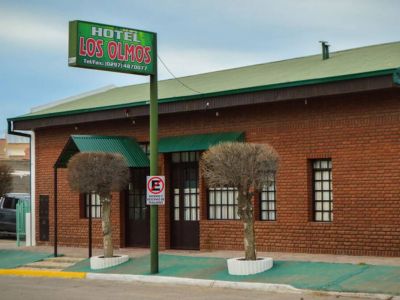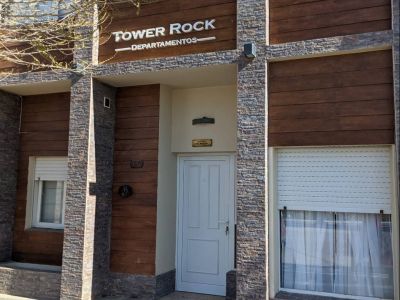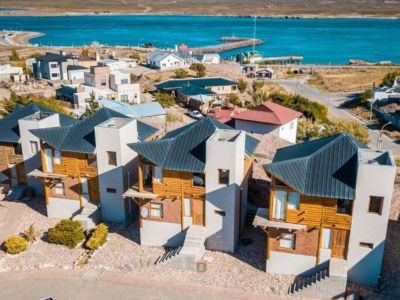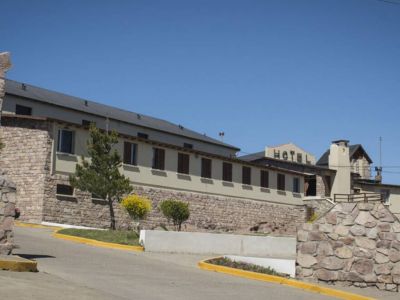We left Puerto Deseado and the seashore to set out on a tour heading for the mountain range and the most important fossil site in Argentina. Reaching Jaramillo petrified forest also ensures memorable attractions on the way. We went on a land excursion that let us enjoy a wild scene in the Patagonian high plateau and photograph whatever crossed our way. Our guide gave us a detailed account of the unusual petrified forest our eyes were about to see. This monkey-puzzle tree forest dates back from the Jurassic Period. Weather conditions 150 million years ago gave life to it when the winds from the Pacific Ocean reached this area without any obstacles for the Andes Mountain Range had not been formed yet. Later on, a strong volcanic explosion gave origin to the famous formation and buried all wildlife under the ash.
Jaramillo, Petrified Forest
As we listened to this interesting explanation, we were approaching estancia La Paloma, where we made a stop to have a snack. This is a wonderful site to spend the day, as it provides services and fire pits. Afterwards, we covered another 25 kilometers along a gravel road and slowly got to the paleontological site.
Once there, we met the park ranger, who took us on his truck to our destination and helped us understand the miracle of petrification.
'How can I give a simple explanation of why the logs we see today have that color and structure? Well, after getting covered by ash following the volcanic explosion, the emerging silicon salts penetrated the vegetable tissue, aided by the rain, and gave origin to a mineral inorganic matter in each log, in each tree' he said.
Mónica Pons
Parques Nacionales - Prensa
Contact of the excursion or tour
Cis Tours
San Martín 916 Of. 1, Puerto Deseado, Santa Cruz, Agentina
Phone: +54 297-4872864
After covering 70 kilometers, turn into Provincial Route 49 (made of gravel) and travel 50 kilometers more towards the reserve.
